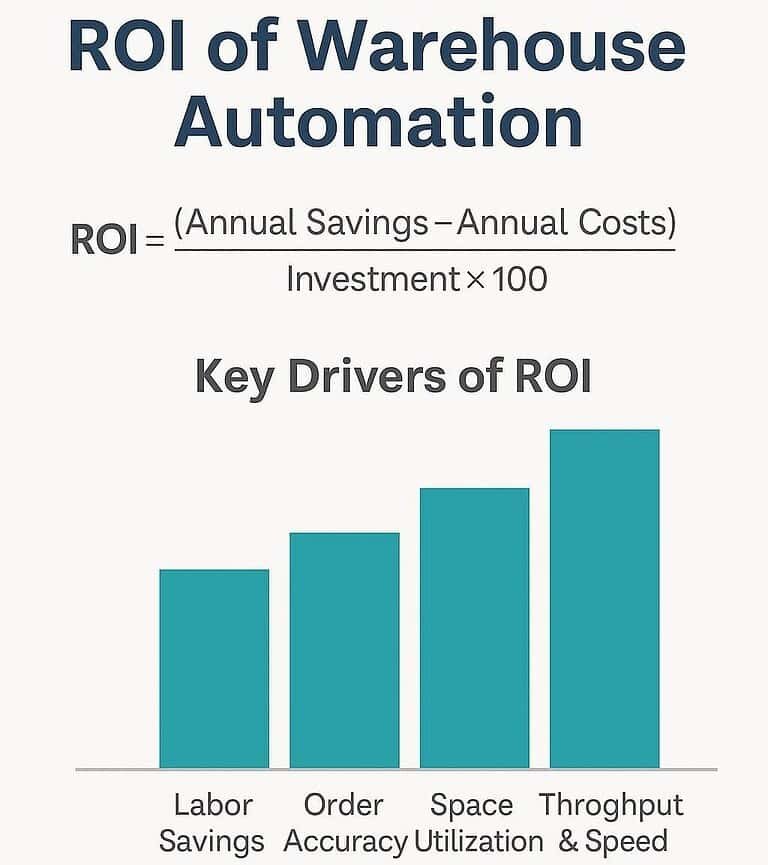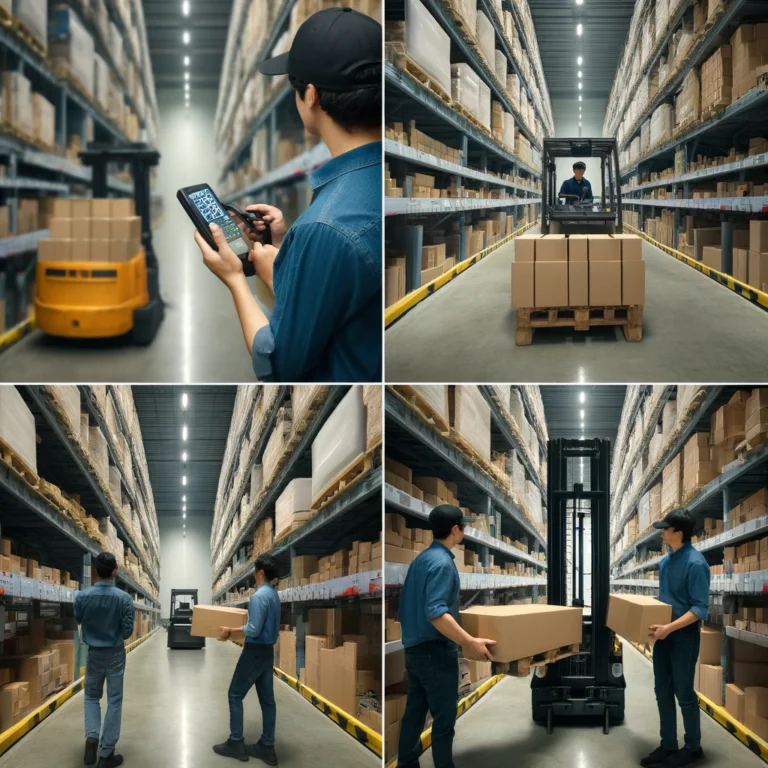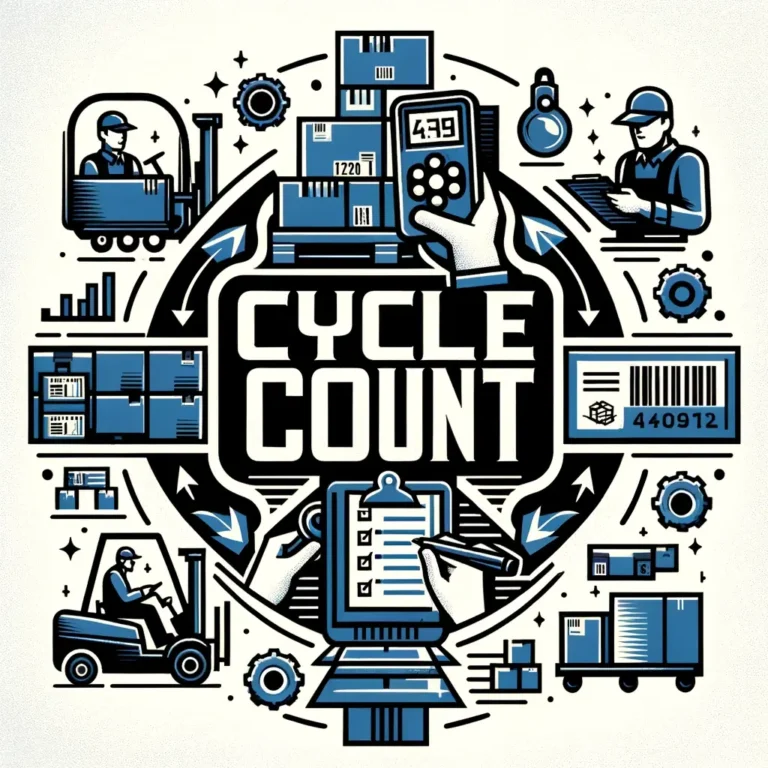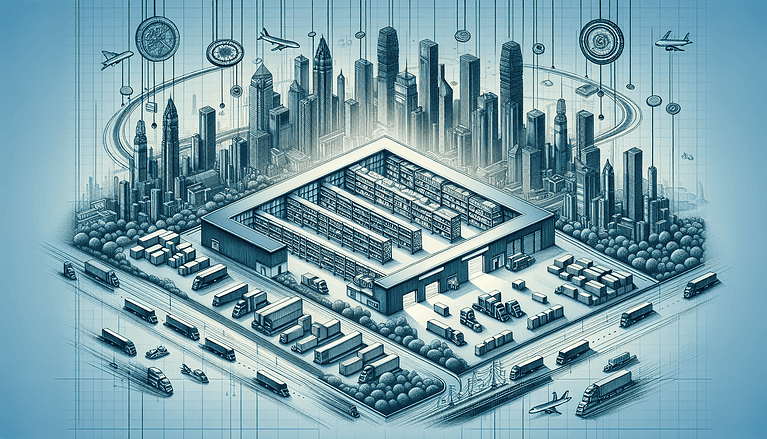Warehouse Operational Failures in 2025: Essential Solutions!
Want to know the difference between a good warehouse operation and a bad one? Without seeing their financials or metrics. You can feel defeat and smell the incompetence when you walk in the door. Let’s discuss warehouse operational failures and the reasons behind this behavior – so you can fix it!
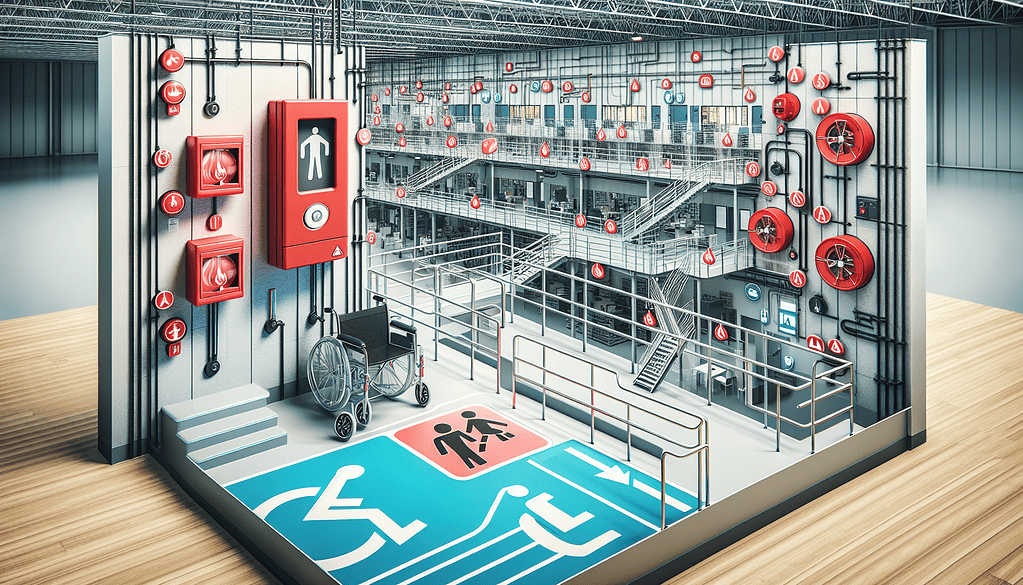
Editor’s Note: This blog post is direct and to the point with satire included. If you are uninterested in my strong opinions or language, it is best to skip this blog post. There’s no holding back!
First Impressions
When I visit an operation, the common areas define everything I need to know about the discipline and character of the site. If the warehouse employees don’t take pride in their personal spaces, they will not take care of customer demands and inventory management. The warehouse efficiency is a thing of the past.
For sites that do not impress me right up front, I expect a lower on-time delivery rate, marginal order quality, high damage rates, and zero housekeeping. If these areas are kept clean, then you are moving in the right direction.
Table of Contents
Quick Story: I did some work for a shoe distributor, and in the back of one of their warehouses, they had a ‘missing shoe’ room. Ask yourself: Who is opening up shoe boxes and removing one? You’ve heard of homeless inventory, well this was inventory for the homeless.
I’ve been involved in several warehouse turnaround opportunities, and I will give you my opinion on what right looks like, and what wrong looks like. This blog is based on my personal experiences and findings.
1. Exterior
Your first impression of any operation occurs when your eyes leave the navigation and gaze upon the building. Some operations look like old manufacturing sites with wood columns every 10′. Others could double as a hospital in dire situations. When you enter the property, first impressions are everything.
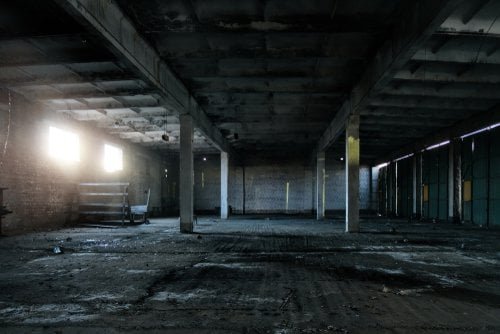
What Right Looks Like:
- Security protects the property entry via a guard house or electronic ID scanning, including security cameras and motion sensors.
- The parking lot has directional signs for visitors, employees, and deliveries. The parking lines are visible, making it easy to navigate.
- The building has a decent landscape. Trees are present, flower beds are always a plus, grass is cut, and snow is plowed.
- If the operation has a sign, it is not damaged and lit up at night.
What Wrong Looks Like:
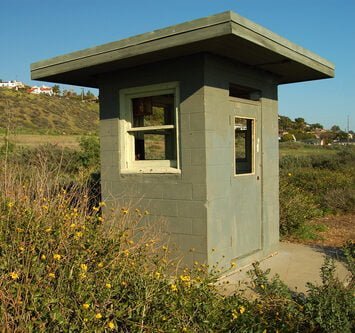
- The property has no security.
- Teenagers are burning a doobie in the old guard shack.
- The entrance to the building is a guessing game. You’re not sure which door to try.
- The parking lot looks like a small earthquake split the pavement into flower (weed) beds.
- You drive around the building twice to determine if you’re in the right place.
Key Takeaway:
When you are driving to the site, day after day, week after week, are you looking forward to arriving? Do you spend your days watching the clock? These are bad ‘tells’.
2. Entrance
Do you meet security? Do you see an empty lobby with an old phone? Can you wander in unopposed? Does the smell make you feel one way or another?
What Right Looks Like:
- Warm colors, no offensive smells, quite and calm entrance, plants and pictures.
- You’re greeted by a person or at least a virtual assistant on a screen.
- If you are wearing a coat, you have no problem finding a place to hang it up and no concern that it will be there when you return.
- Bonus Tip: The smell of popcorn, maybe in an adjacent breakroom, always feels inviting.
What Wrong Looks Like:
- The lobby is full of company returns (probably because no one was answering the UPS door).
- You have a Christmas Tree up in February decorated for Valentine’s Day.
- There is open spaces with no seating OR seating that is 25 years old and has been passed down from previous tenants. So old it has cigarette burns on the cushions.
- Copious amounts of blood stains on the floor outside of the first aid room.
Key Takeaway:
If the operation has any pride, the entrance will be immaculate. Yes the furniture may be older and the colors somewhat out of date, but if it looks and smells clean, then you’re off to a good start.
3. Common Areas (bathrooms and breakrooms)
The bathrooms and breakrooms are key indicators of how disciplined the operation is. And a disciplined operation comes from shared ownership.
What Right Looks Like:
- Trash cans are not overflowing. No trash on the floor.
- The areas smell of food (breakroom) and flowers (bathrooms).
What Wrong Looks Like:
- Any graffiti is unacceptable.
- Empty vending machines – regardless of what time it is.
- Paper towels or toilet paper on the floors, no soap in the dispensers.
- Breakroom tables cluttered with trash.
- Broken microwave ovens with homemade signs that say ‘Do No Use’.
Key Takeaway:
The breakrooms and bathrooms represent how the employee population feels about the management team. If you foster a culture of ownership, these areas will be kept clean by those who use them.
4. Common Areas (walkways, aisles, etc.)
Let’s cover the common areas inside the warehouse, which include the aisles, docks, and staging areas.
What Right Looks Like:
- Leadership team members pick up trash on the floor regardless of what they are doing.
- Note: You have the wrong culture if you can’t get from one area to another without wading through a sea of label backings and wood pieces from pallets.
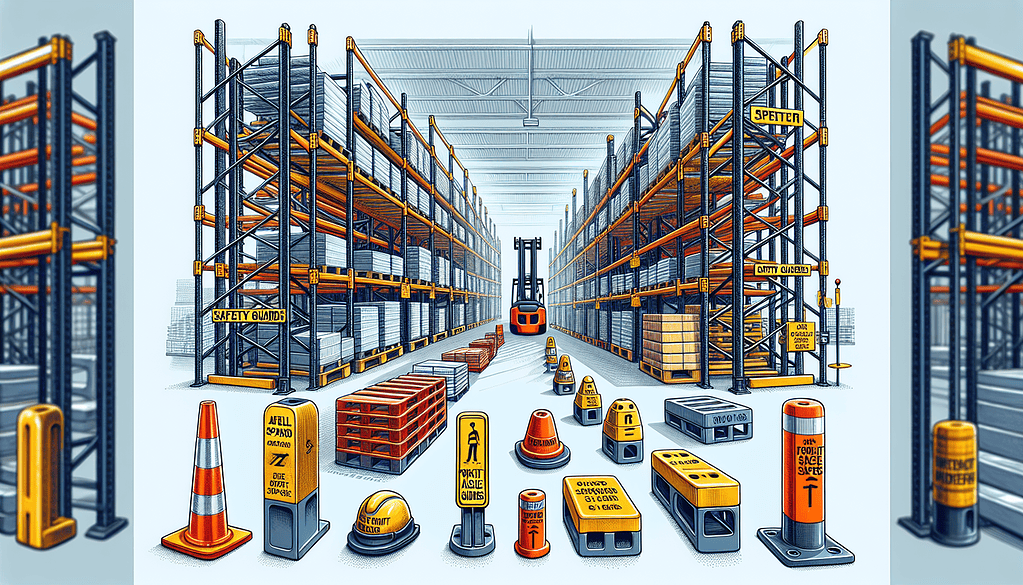
What Wrong Looks Like:
- Associates walking past trash on the floor without picking it up.
- Associates dropping trash on the floor without a care in the world.
- Multiple pallets are stacked on each other in the racking because no one removes the empty ones.
- Overflowing trash and recycling bins, including using recycling bins for trash and vice versa. Or my favorite, a trash pile with no bin – yeah, let’s handle the trash three times before it gets removed.
Key Takeaway:
Is your warehouse the cleanest warehouse you’ve every worked in? Why not? Raise your standards, improving your culture. No one likes to work in filth.
5. Maintenance
One of my first leadership positions was managing a maintenance department for a large operation. Maintenance is about preparing now to be ready for instances and planning for what might go wrong and how to respond.
What Right Looks Like:
- A clean, organized maintenance area where every tool, motor, and component has a home location. Need a 5-horsepower motor? It’s right here. How about a fuse? It is located here.
- The material handling equipment is clean and painted. If you are not keeping your equipment spotless, you send a message of acceptance to those who use it. Think about your vehicle. It represents your values.
- The guardrails and bollards are painted with safety yellow. They are all the same color. If one gets damaged, it is quickly repaired. Regardless of who did what and when every day you display this damage to your team is a day closer to the perception that it’s okay to hit stuff.
What Wrong Looks Like:
- Disorganization: If you can’t take care of your toys, then how can you be trusted to work on mine? Just having an MHE board in the maintenance shop indicating what equipment is ‘down’ proves that the team knows exactly what’s going on.
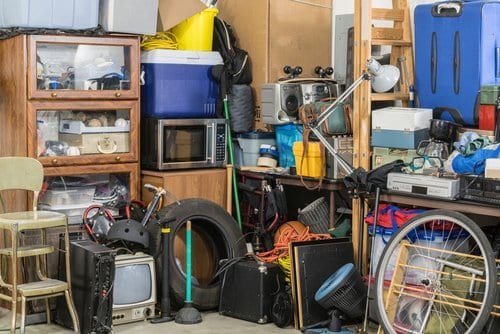
- Dust: Cardboard presents dust in any operation. You must keep this off of the rails, the product, the vending machines, everything.
- Broken or Damaged MHE: Having multiple pieces of equipment ‘red tagged’ in the maintenance shop indicates a lack of urgency. No one knows what tomorrow’s volume will be. So you must stay prepared to the best of your ability. While maintenance overtime is expensive, the cost of using a pump jack instead of a pallet jacking (rider) is debilitating.
- Attitude: The maintenance is a service organization. They are employed to support the operation. A lot of their job functions are predicated on bad things happening. A can-do attitude goes a long way. If your maintenance team is trusted, then other non-maintenance team members will ‘tip them off’ when something may be going south. I would much rather take a conveyor down on my time versus it taking the operation down, putting us all in reactive mode.
Key Takeaway:
You must stop accepting any deviation from your predefined best practices and uphold a high standard within the four walls. I’m sorry but you must influence this mindset within your team. Right is right.
6. Chairs
This is a pet peeve of mine. If you allow chairs within your operation, and I’m not talking about in an office, I’m talking about on the warehouse floor, then you better be okay with someone always sitting in them. Period.
What Right Looks Like:
- No chairs in the warehouse
What Wrong Looks Like:
- Multiple associates sitting in chairs during their working hours.
- Multiple management members sitting in chairs, hanging out, throughout their shifts.
- Associates taking their breaks in the warehouse because you’ve provided chairs.
I’m not trying to be an asshole here, but if you are going to allow chairs in your warehouse, you need to have someone constantly monitoring them.
Whenever I have allowed anyone to have chairs on the floor, I always see people sitting in them regardless of time of day. An associate stops by to get more pick tickets and has a seat. A worker has a personal problem and discusses it in front of others, on the shop floor, sitting down. It sends the wrong message.
Note: Many times, HR has recommended we put a chair out for a ‘light duty’ person.
Per their doctor, they need to sit for 10 minutes every hour or remain in a chair for their entire shift.
In my opinion, it is better to pay someone to stay home and get better than to put them in a chair on the floor. If you start this rash it will be very difficult to overcome. Everyone will want this option.

Key Takeaway:
If you allow chairs on the warehouse floor, expect that they are always filled with people. Do you really want to police that?
Getting the Right ‘First Who’s’
If you’re a Jim Collins fan, you know exactly what I’m talking about. Here is an excerpt from his site:
First Who, Then What—get the right people on the bus—is a concept developed in the book Good to Great. Those who build great organizations make sure they have the right people on the bus and the right people in the key seats before they figure out where to drive the bus.
This is an extremely important lesson. You must get the right people on your team before you really go after the good stuff. Promoting the right concepts and pouring out you heart to the wrong people will NOT lead you to the results you desire.
7. First Aid Kits
Most of the first aid kits I’ve seen on the warehouse floor are either empty or full of garbage. Nothing says “I don’t give a shit about you” like a poorly stocked first aid kit. And don’t tell me that your people will just steal bandaids for their family members so they won’t have to buy them at the store.
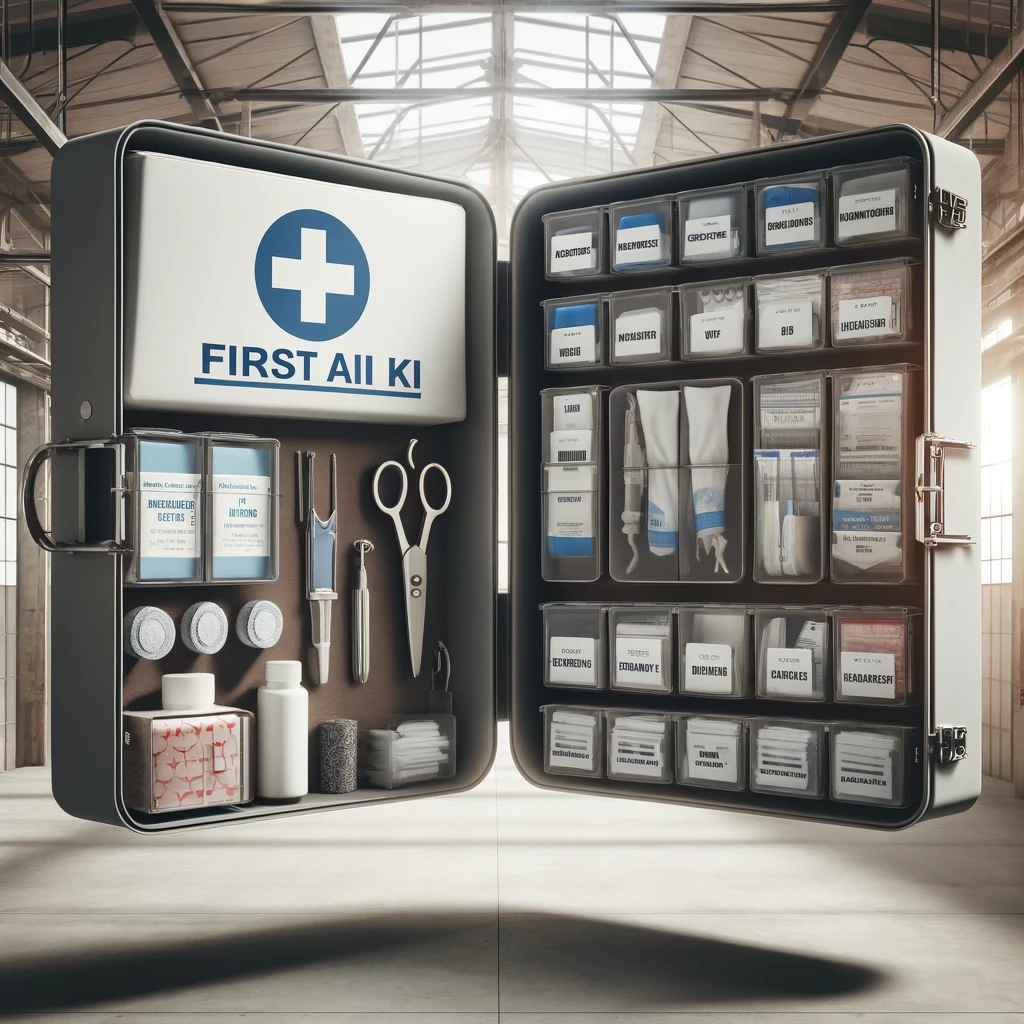
What Right Looks Like:
- Well stocked, well organized, well maintained first aid kits hanging where everyone can see them
- A well-stocked first aid room, ready to accept a new patient.
What Wrong Looks Like:
- Missing everything.
Key Takeaway:
This is an easy way to demonstrate to your team how much you value their person. If anything happens, you want to make sure they are safe.
8. Inventory Storage
You can clearly understand inventory management by walking the reserve storage aisles in any facility.

What Right Looks Like:
- All pallets are the same distance from each beam in every location (this is an equipment setting you should calibrate)
- Any case locations have inventory front-faced, similar to a Home Depot store (it really can be that good)
- Space utilization is greater than 50%, including half pallet locations
What Wrong Looks Like:
- Open cases of product in aisles, especially where only cases or pallets of product are picked from storage locations
- Loose cases not in an inventory location
- Mixed cases in one inventory location where only one product is supposed to be located
- Hanging shrinkwrap and double/triple stacked pallets, as mentioned above
- No trash bins at the end of aisles or no trash bags on equipment
- No trash or label backings in aisles, no pyramid picking
- Inventory unbalance based on the putaway profile (see blog)
Key Takeaway:
All product must be in a systemic location at all times. That could be a drop zone, a customer order, a conveying tote, or a pickable location. If any inventory is not in an actual warehouse location, then it must be in a bin or on a cart marked “Homeless” and worked hourly.
9. Hospital and Homeless (Inventory Control Area)
Areas of homeless products (those not in a physical location) can overwhelm an operation. Limit this storage space to one pallet or one cart at all times. Note: This works in all operational footprints, regardless of size. Either fix your processes or move more people into homeless research and putaway.
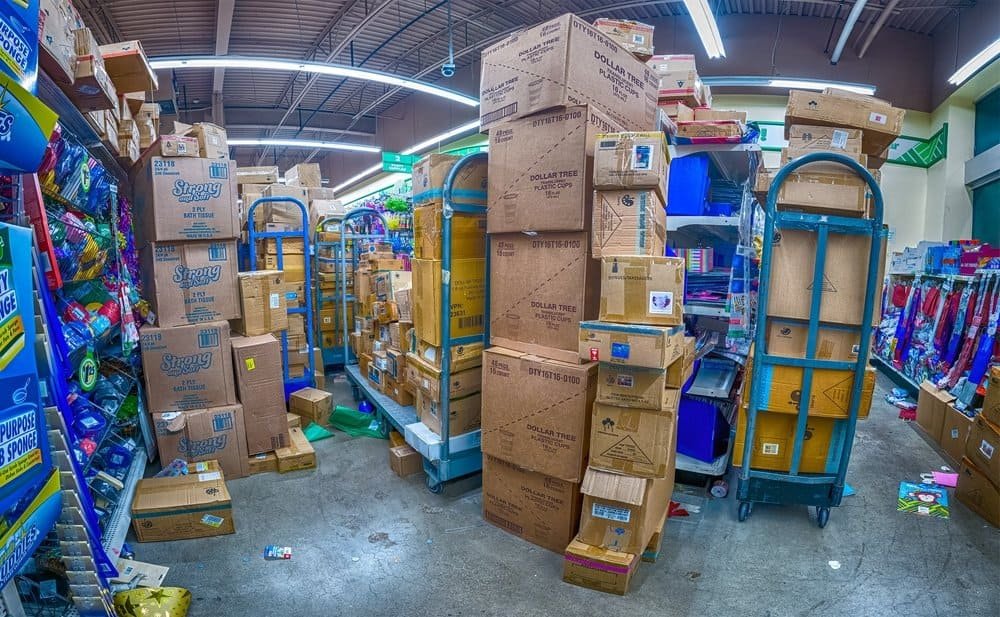
What Right Looks Like:
- A robust inventory management team constantly tracking inventory levels
- Common warehouse management challenges are solved in days vs. weeks
- Your supply chain management team keeps you in stock for the customer
- Continuous improvement techniques and quality control are part of your culture
What Wrong Looks Like:
- Homeless product on workstations, in totes under the conveyor, in the wrong location, in between the racks, in the conveyor
- Damaged items sitting around for days, not being damaged out and destroyed
- Associates staging inventory in non-system locations. If you need to drop the inventory, create a drop point systemically
- Damaged product being used for personal reasons (plates, cups, brooms)
- Outbound cartons sitting on the floor for any reason (don’t do it)
- Overstock on the floor or in adjacent locations
Key Takeaway:
Every product must be in a trackable location at all times. That location can be a carton, a staging area, a pickable location, a damage location, etc. No exceptions. You have to have full account at all times for every inventory item. And when you don’t, you need to get there today, not next week. And yes, I am repeating myself!
10. Inbound and Outbound
I’ve combined these two because I strongly believe that these docks should be empty most of the time. Both should start and end completely clean. Go!
Quick Story: When I inherited a poorly run operation the receiving department used different colors for different days of the week so they knew which SKUs to putaway first. Long story short I told them they would work overtime every day until the dock was clean. Suddenly receiving and putaway were sharing resources, verification issues were addressed in real time, and outbound out-of-stocks disappeared.
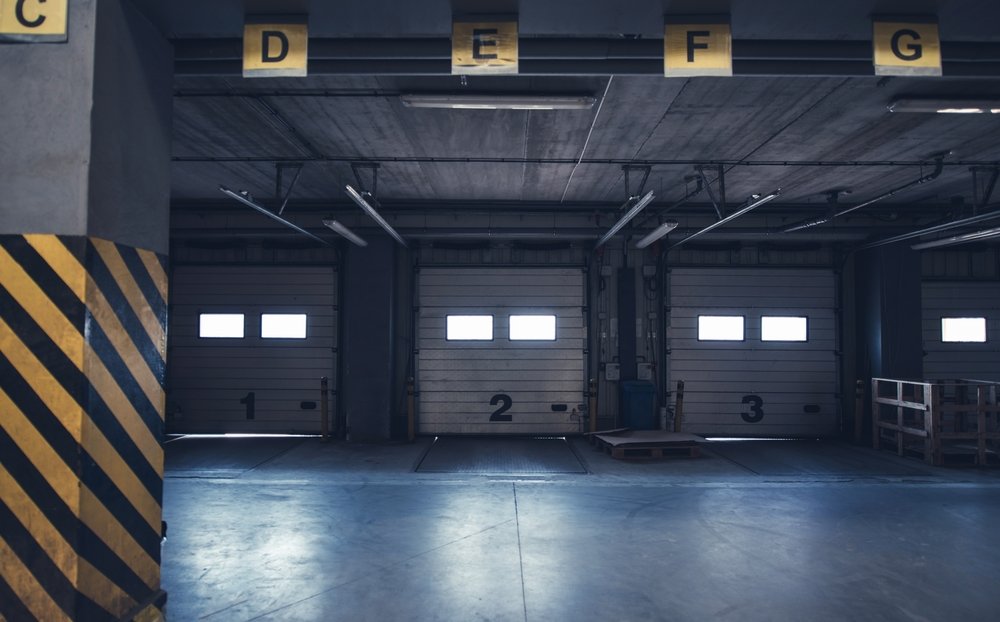
What Right Looks Like:
- Inbound: An empty dock in the AM and an empty dock in the PM
- Outbound: Today’s orders staged and ready to be loaded.
What Wrong Looks Like:
- Inbound: Pending putaway over 24 hours mixed in with returns, damaged product and a sea of wood chips and label backings.
- Outbound: Yesterday’s missed orders staged near one of the high-traffic dock doors with warehouse workers switching labels to get that same product shipped out today for another customer.
Key Takeaways:
Flow your inbound receipts from unload to in rack, ready to ship, the same day. Better schedule your loads to balance breakdown vs. pallet unload, share resources between areas despite the pay difference (figure it out), and stop allowing your home office to sit on inbound issues for days.
My outbound advice is to stop letting your first shift leave the operation with open issues. Hold them accountable for product shorts and force wave clean-up (to some extent) versus leaving second shift a huge mess to unravel. Orders started at 9am should not still be open at 9pm.
11. Design and Equipment
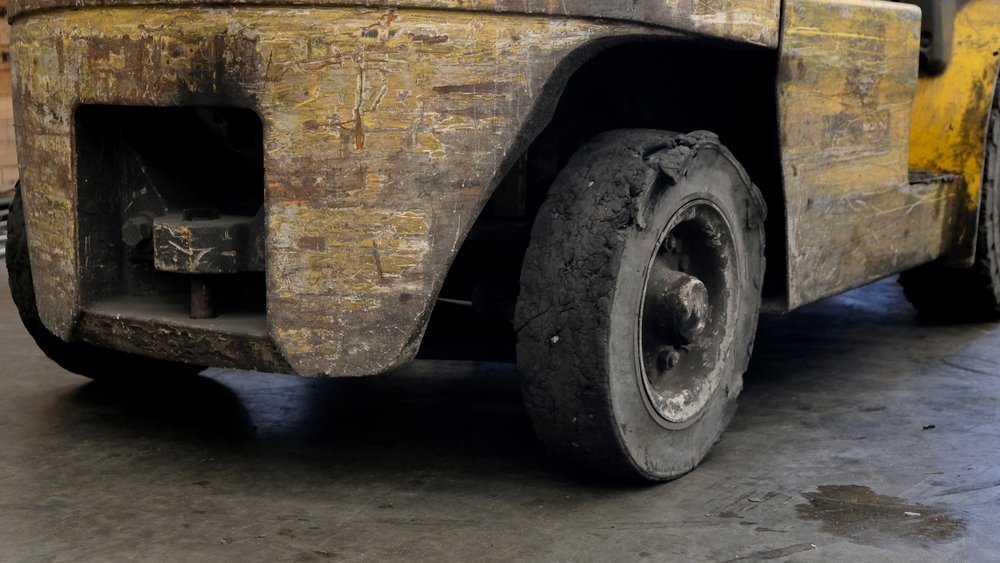
What Right Looks Like:
- add
What Wrong Looks Like:
- add
Key Takeaway:
add
12. Customers

What Right Looks Like:
- add
What Wrong Looks Like:
- add
Key Takeaway:
add
Conclusion: Warehouse Operational Failures
You know what right looks like. I’ve just explained it. If you don’t follow my advice, you will pay for it on the back end. Please instill this discipline in your teams. It will solve most of your inventory control problems.


